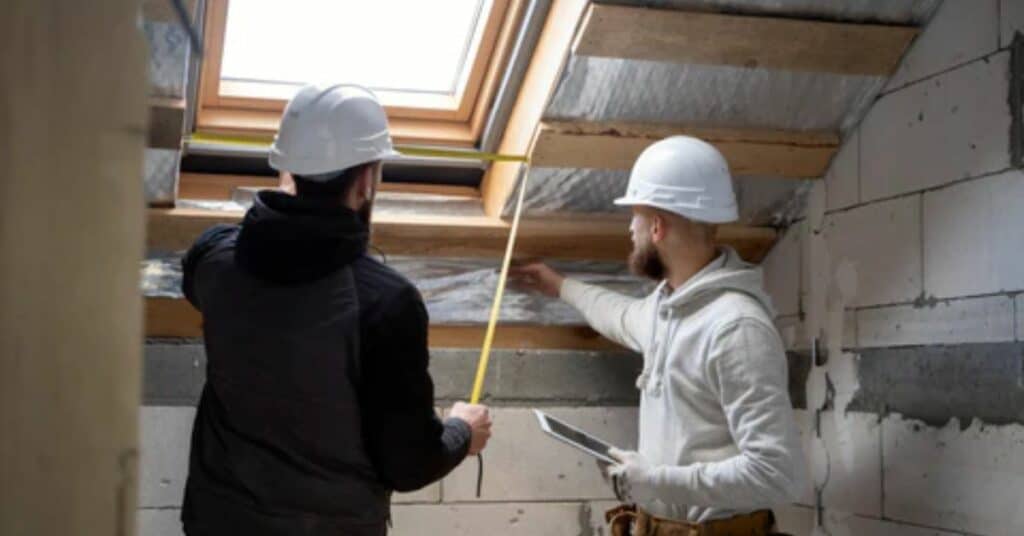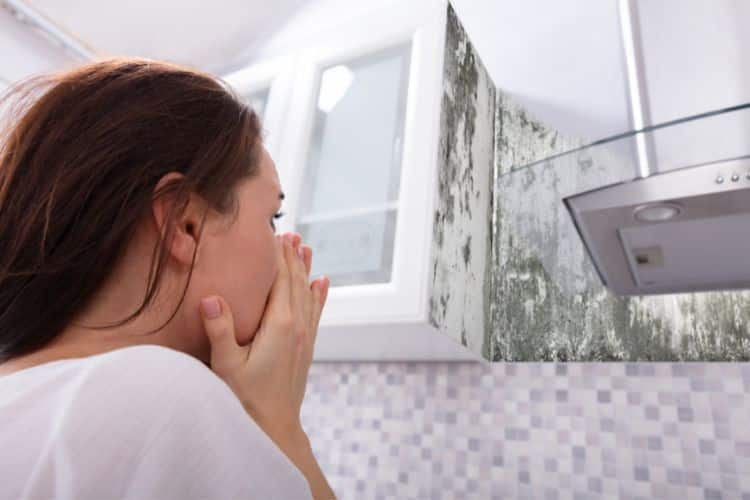Creating a mold-resistant home is crucial for maintaining a healthy living environment. Mold growth can lead to significant health issues and structural damage, making prevention a key aspect of home maintenance and design. Fortunately, advancements in building materials and interior finishes now offer homeowners effective options for reducing the risk of mold in their homes. This article explores various mold-resistant materials that can help ensure your home remains healthier, cleaner, and more durable over time.

Why Opt for Mold-Resistant Materials?
Mold thrives in moist environments, making areas of the home that are prone to dampness—such as bathrooms, kitchens, basements, and attics—particularly vulnerable. Using mold-resistant materials in these areas can:
- Minimize the risk of mold growth and its associated health risks.
- Reduce maintenance costs and the need for frequent mold remediation.
- Enhance the longevity and durability of your home’s structure and finishes.
Top Mold-Resistant Materials for Your Home
- Mold-Resistant Drywall: Traditional drywall can absorb moisture, making it a breeding ground for mold. Mold-resistant drywall is treated with a water-resistant core and often contains fiberglass instead of the paper used in conventional drywall, reducing the material’s ability to hold moisture.
- Mold-Resistant Paints: These paints contain antimicrobial agents that prevent mold from growing on painted surfaces. They are ideal for high-moisture areas like bathrooms and kitchens, offering an extra layer of protection against mold.
- Non-Porous Tiles and Grout: Porcelain and ceramic tiles, along with epoxy grout, are non-porous materials that resist moisture and mold growth. These are excellent choices for bathrooms, kitchens, and other wet areas.
- Composite Decking: For outdoor spaces, composite decking is made from a mixture of wood fibers and plastic, which is less susceptible to mold and mildew compared to traditional wood decking materials.
- Moisture-Resistant Insulation: Certain insulation materials, such as fiberglass and foam board, are less likely to absorb moisture and support mold growth, making them a smarter choice for preventing mold in walls and ceilings.
- Stainless Steel, Glass, and Metal Fixtures: Opt for fixtures made of stainless steel, glass, or metal in moisture-prone areas. Unlike plastic or wood, these materials are less likely to harbor mold.
Mold-Resistant Materials and Their Applications
| Material | Application | Benefits |
|---|---|---|
| Mold-Resistant Drywall | Bathrooms, basements, kitchens | Reduces moisture absorption, hindering mold growth |
| Mold-Resistant Paint | Walls in kitchens, bathrooms | Contains antimicrobials to prevent mold |
| Non-Porous Tiles and Grout | Bathroom and kitchen floors, walls | Moisture resistant, easy to clean |
| Composite Decking | Outdoor decks | Durable, resistant to mold and mildew |
| Moisture-Resistant Insulation | Walls, attics, basements | Prevents mold by reducing moisture retention |
| Stainless Steel, Glass, Metal Fixtures | Bathroom and kitchen fixtures | Naturally resistant to mold and easy to clean |
Conclusion
Incorporating mold-resistant materials into your home can significantly reduce the risk of mold growth, ensuring a healthier living environment. While the initial cost may be higher than traditional materials, the long-term savings on maintenance and health benefits make it a worthwhile investment. By choosing the right materials for areas prone to moisture, you can protect your home and your health from the dangers of mold.




